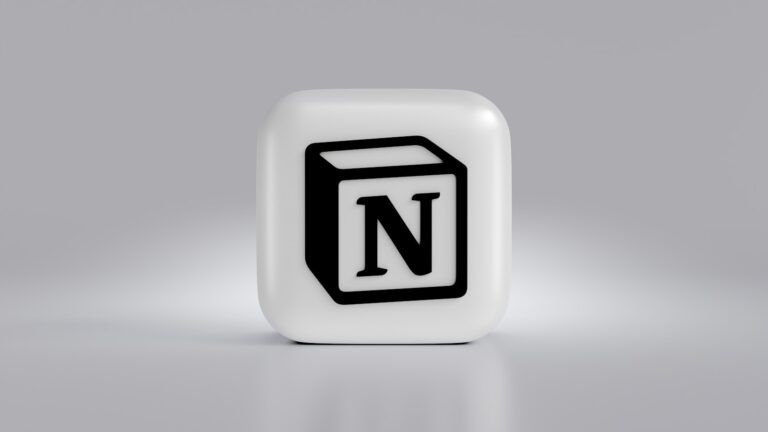Intro: MVPs Weren’t Built for AI
When Eric Ries introduced the concept of the Minimum Viable Product (MVP), it transformed how digital teams tested ideas. Build the smallest thing that works. Launch early. Learn fast.
But as AI reshapes how products behave — and what users expect — the old MVP playbook is showing its age.
An AI feature that “just works” may not be enough. Users want to understand it. Trust it. Enjoy it. That’s where the concept of the MAP — Minimum Awesome Product — comes in.
Let’s explore how product leaders can shift from MVP to MAP thinking when building and launching intelligent features.
MVPs Fall Short When Trust Is the Product
MVPs excel when you’re validating functionality. But with AI, the challenge isn’t always “can it work?” — it’s “will users actually trust and use it?”
Take these real-world examples:
A chatbot that gives good answers, but no one uses it because it feels unpredictable.
A smart recommendation engine that suggests the right things, but users don’t know why it suggested them.
In AI, usability alone is not enough. The success of a new feature often depends on whether it:
Feels transparent
Builds confidence over time
Fits into existing user flows seamlessly
If MVPs aim for barely usable, MAPs aim for instantly useful and worthy of trust.
What is a MAP (Minimum Awesome Product)?
A MAP still strips down a product to its core — but with one major difference: it focuses on delivering delight, clarity, and value from day one.
Think of MAP as the intersection of:
Core utility (Does it solve a real user problem?)
UX delight (Does it feel easy, enjoyable, safe?)
User trust (Is it clear how it works and when to rely on it?)
It’s not about gold-plating. It’s about crafting a focused, lovable experience that builds momentum — especially crucial for AI products, where user adoption and retention hinge on emotional response as much as accuracy.
Case Studies: MAPs in the Real World
Let’s look at how top products launched with MAP thinking when introducing AI:

Notion AI
When Notion launched AI-powered writing tools, they didn’t just ship a generic text generator. They:
Designed familiar prompts like “Summarize this” or “Make it shorter”
Used UI patterns that built confidence and control
Integrated explainability (“AI wrote this part”) subtly and effectively
The result? A MAP that felt like a natural extension of the Notion experience — not a random add-on.

GitHub Copilot
GitHub Copilot didn’t start with every feature imaginable. It launched with:
Inline suggestions
A simple opt-in flow
Clear feedback tools
It focused on developer trust and convenience rather than overwhelming users with capabilities. That’s MAP thinking in action.

Duolingo Max
Duolingo introduced conversational AI and smart feedback features, but only after investing in:
Human-like tone
Fail-safe interaction patterns
Fun, non-robotic voice prompts
They made the AI feel like a natural Duolingo character — not a foreign entity.
How to Build MAPs, Not Just MVPs, for AI
To adopt MAP thinking in your own product strategy, focus on these shifts:
MVP Thinking
Build the smallest thing that works
MAP Thinking
Build the smallest thing users love
MVP Thinking
Focus on feature viability
MAP Thinking
Focus on usability, trust, and clarity
MVP Thinking
Launch to test if users will use it
MAP Thinking
Launch to earn user adoption and retention
MVP Thinking
MAP Thinking
Measure satisfaction, delight, and confidence
Practical Steps:
Prototype with high UX fidelity — not just backend logic
Build in explainability and override options early
Test emotional response, not just functionality
Collaborate with designers and PMs from day zero
MAP Thinking Drives Long-Term Adoption
Early delight often determines whether an AI feature is explored — or ignored. MAPs help teams avoid the classic trap: launching something that works, but no one uses.
AI features need:
Clear boundaries of what they can/can’t do
Sensible defaults and user control
Signals of intelligence that don’t feel artificial
These aren’t “nice to haves” — they’re adoption levers.
For AI, delight drives retention. Trust drives referrals. If your MVP doesn’t account for this, it’s not minimum viable. It’s just minimum.
Final Thoughts: AI Needs a New Launch Playbook
We’re entering an era where building intelligent products means more than engineering excellence. It requires empathy, timing, and emotional UX.
MAP thinking — focusing on what’s awesome, not just viable — gives product teams a better path for navigating AI complexity.
It’s not about skipping experiments or overbuilding. It’s about identifying the minimum lovable experience that earns attention, confidence, and love — especially when AI is under the hood.
It's about identifying the minimum lovable experience
Key Takeaway



